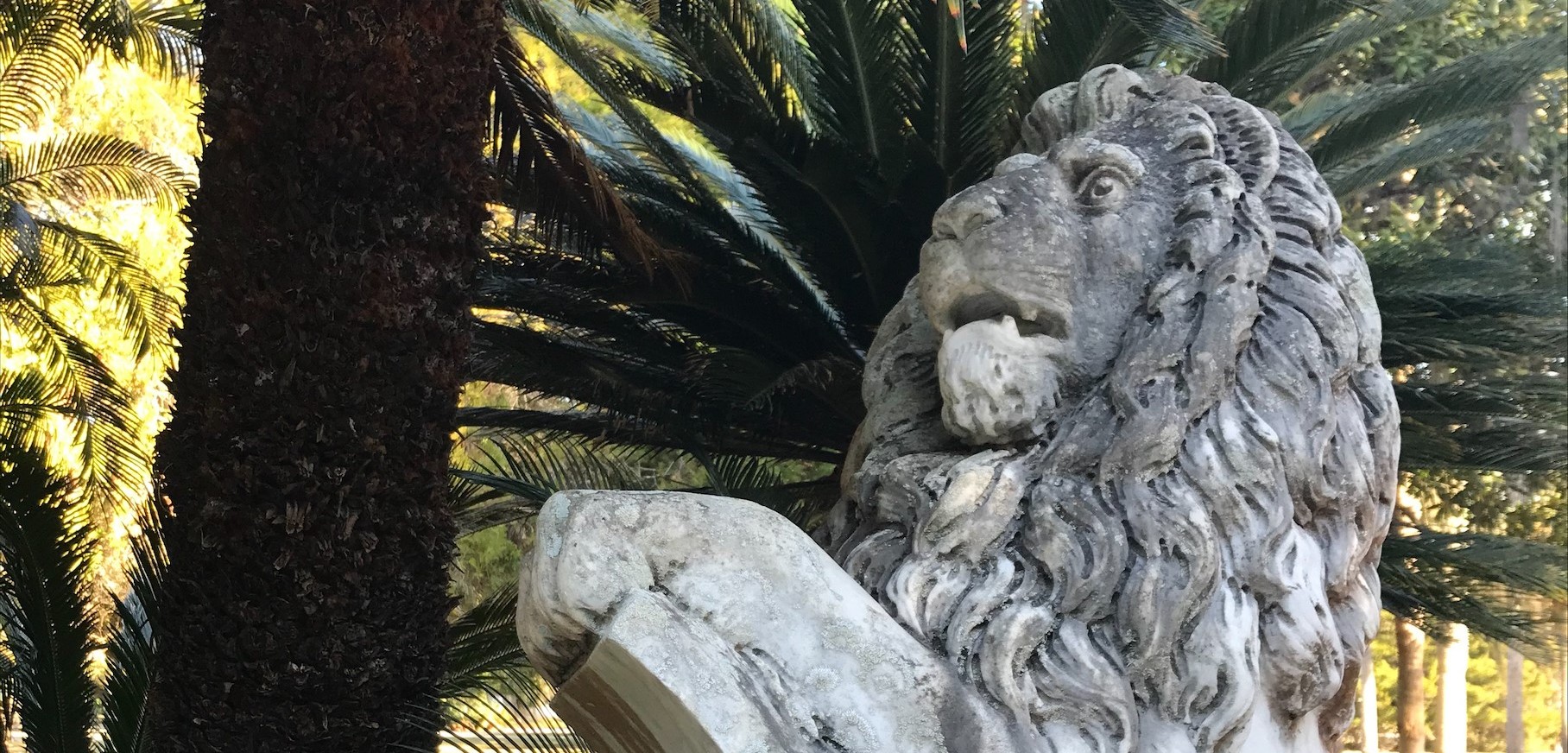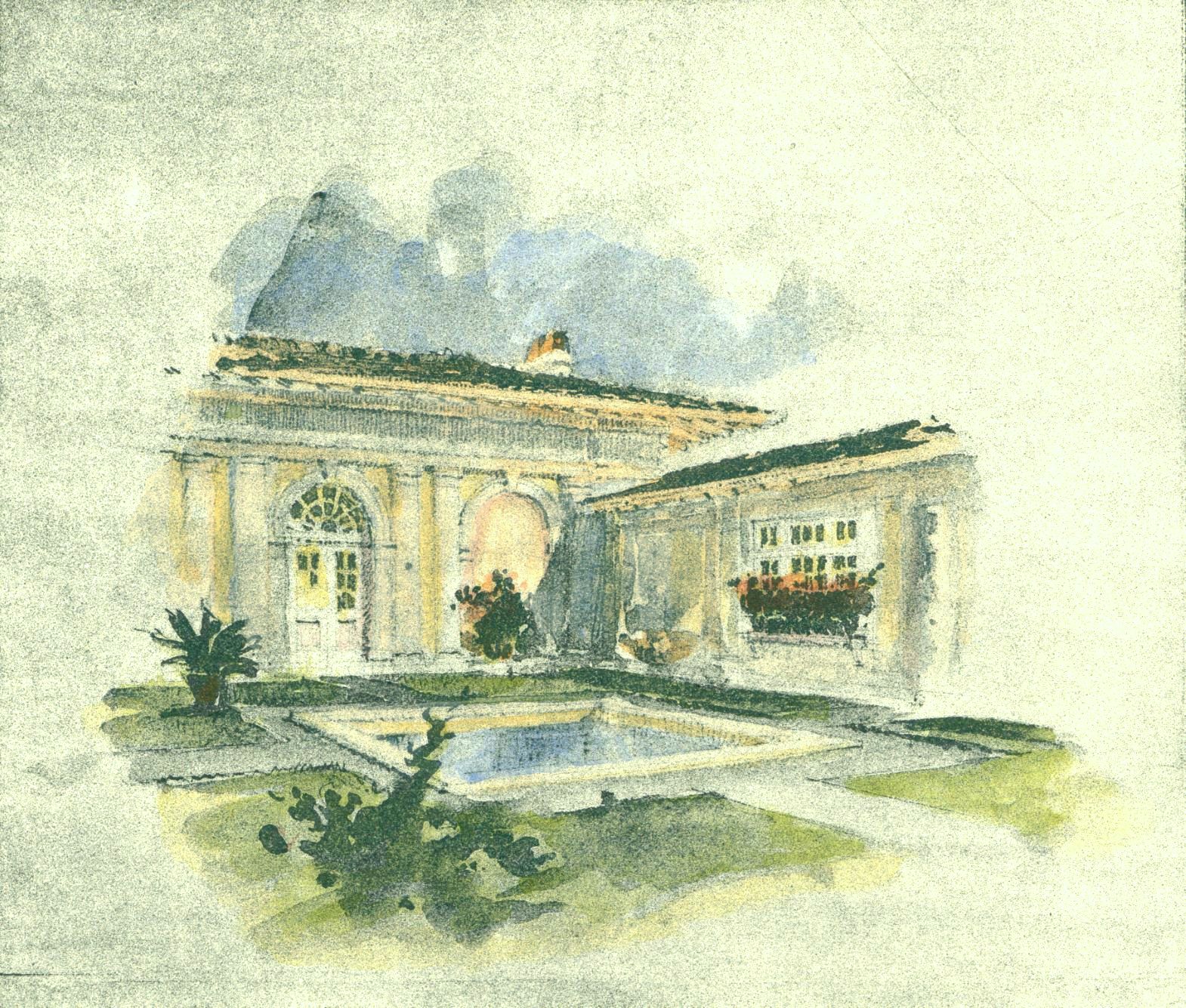by Allison Dupuis, JIA Museum Educator
Chichota Cottage is rooted in big ideas. In 1897, David H. King, Jr., unveiled his Jekyll Island getaway, but the new house was far from his first project. King was a well-known contractor whose resume included such high-profile projects as the Washington Arch, Madison Square Garden, and the pedestal for the Statue of Liberty. His Italianate villa was the only one-story cottage in the Jekyll Island Club complex, and its courtyard swimming pool was the first pool in a private residence in the state of Georgia.
After a hurricane damaged Chichota in 1898, King sold the cottage to Edwin Gould, a son of railroad magnate and financier Jay Gould. Edwin and his wife Sarah had two young sons, Edwin Jr. and Frank. The family relished their time on Jekyll Island. At one point, the Goulds owned seven contiguous lots within the Jekyll Island Club, where they built both Gould Casino (a playhouse for Edwin Jr. and Frank) and Cherokee Cottage (for Sarah’s parents, Dr. and Mrs. George Schrady). The family spent idyllic seasons on Jekyll Island until 1917, when a hunting accident claimed Edwin Jr.’s life. He was only 23. Sarah vowed never to return to Jekyll Island and had Chichota Cottage boarded up. The cottage fell into disrepair until the Club finally tore down the structure in 1941. The courtyard footprint, imposing guard lions, and some smaller pieces of Chichota’s structure remained.
Today, the ruins of Chichota Cottage stand out for their air of tranquility and mystery. Historic Resources staff have been working hard to activate this space, returning life to what was once a central part of the life of the Jekyll Island Club. Chichota’s center courtyard, once David King’s innovative indoor pool, now serves as an outdoor classroom space. Preservation staff recently filled the pool— the process is reversible if plans for the space change. The tiles used for this process mimic the original tiles used for Chichota’s construction in 1897. Thanks to a donor’s generosity, Historic Resources staff have also been able to pull up and salvage the quarry tiles used in Chichota’s courtyard. Staff also sourced new tiles, which have the same dimensions as the original tiles, but a slightly different color to provide a visible difference between old and new.
Other recent improvements to the Chichota site include a tabby walk to an ADA-accessible ramp, tabby paving of the site’s circular driveway, and a non-chlorine biomass removal process on the entryway’s iconic lions. Over the next few months, Chichota will undergo even more improvements as the site completes its transformation into a usable, multi-tiered venue and classroom space. This transformation is possible thanks to the generosity of Jekyll Island Foundation donors and the work of preservation. Click here to learn more about the Foundation’s initiatives and invest in the preservation of the island’s unique spaces.

